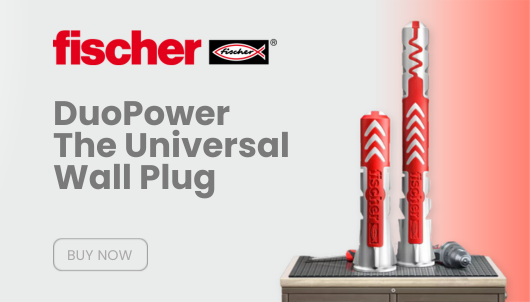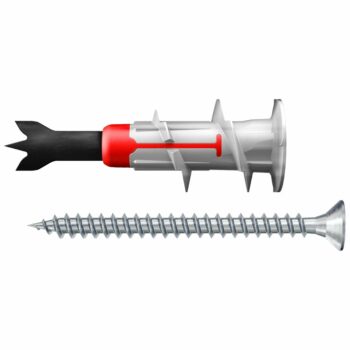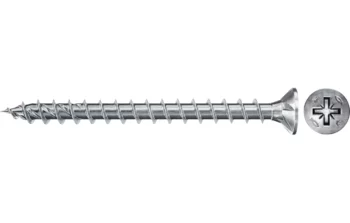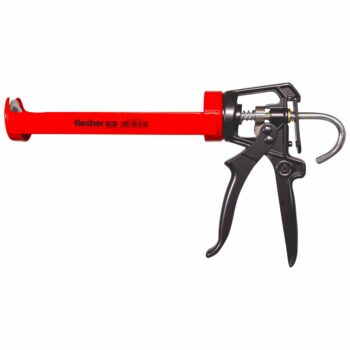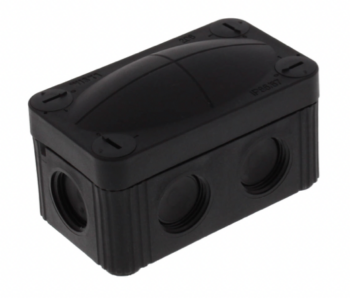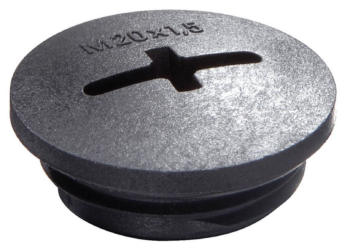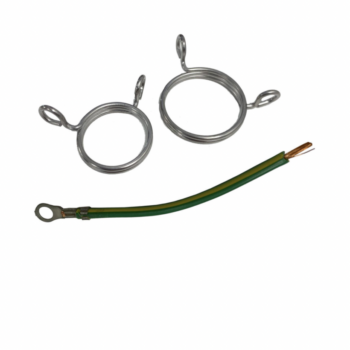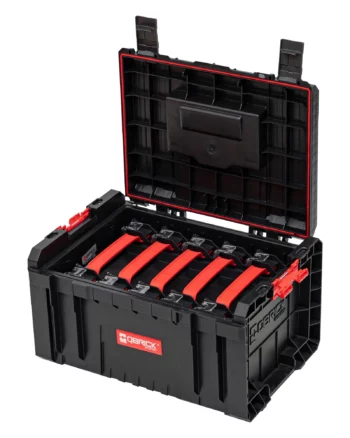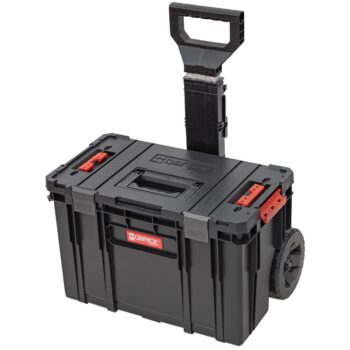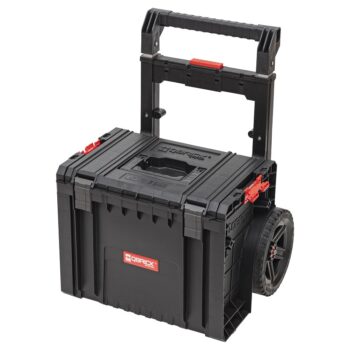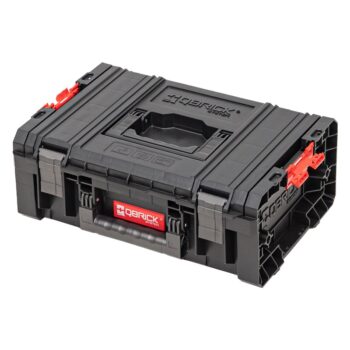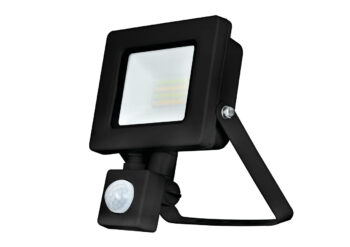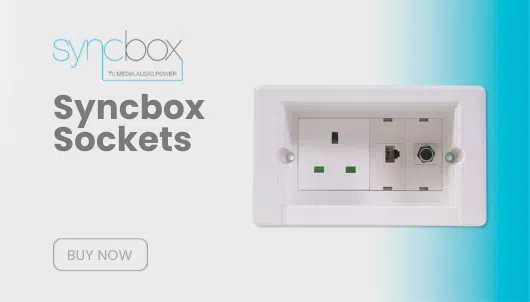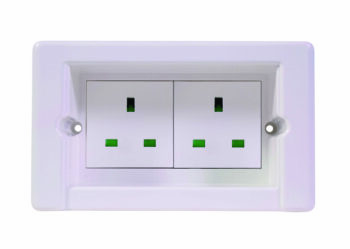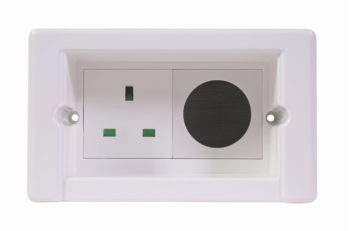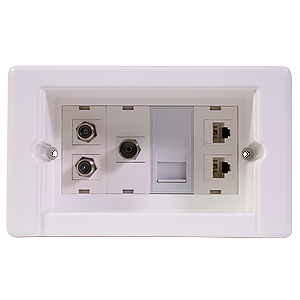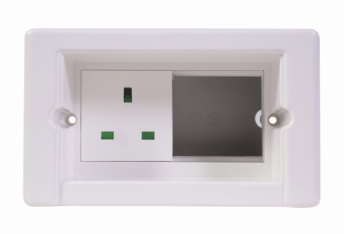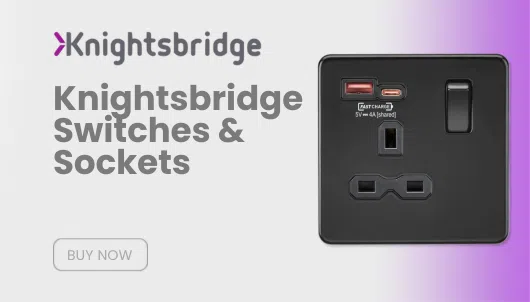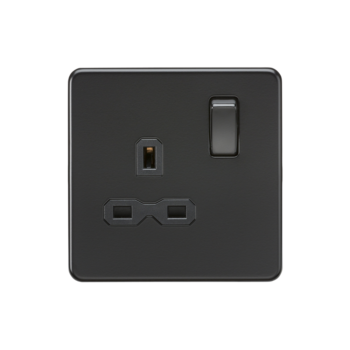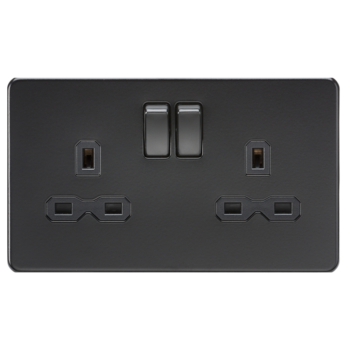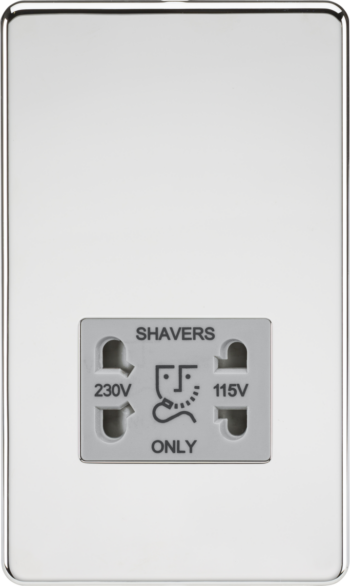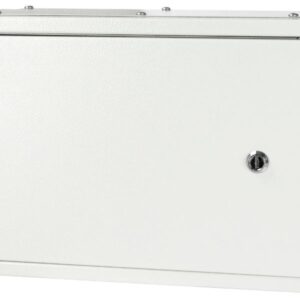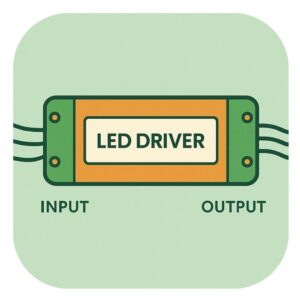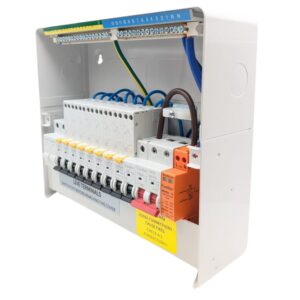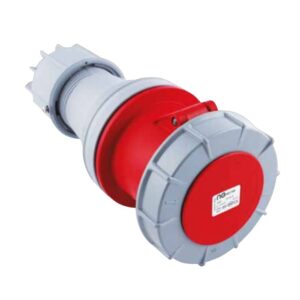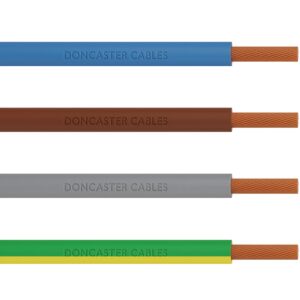
The Ultimate Guide to Buying a Bathroom Extractor Fan
When it comes to maintaining a healthy and comfortable bathroom environment, a bathroom extractor fan is an essential addition to your home. It removes excess moisture, reduces the risk of mold growth, and helps to keep your bathroom fresh by eliminating odors. However, purchasing the right extractor fan requires some research and understanding of the different options available, as well as the specific requirements of your bathroom.
This comprehensive guide will explore all the key aspects of bathroom extractor fans, covering everything from the different types, IP ratings, installation locations, air extraction rates, noise levels, ventilation regulations, and typical accessories you might need.
Why You Need a Bathroom Extractor Fan
A bathroom extractor fan plays a crucial role in controlling moisture levels in a bathroom, a room that regularly experiences high humidity due to the use of showers, baths, and sometimes even sinks. Excess moisture can lead to issues like damp walls, peeling paint, and mold growth, which can affect not only the appearance of your bathroom but also the structural integrity of your home. Additionally, humidity can cause long-term damage to fixtures and fittings, resulting in costly repairs.
By installing an extractor fan, you significantly reduce the moisture in the air and improve the overall air quality. This also helps to prevent condensation and mildew from forming, making your bathroom a healthier space for you and your family.
Types of Bathroom Extractor Fans
When choosing a bathroom extractor fan, it’s important to consider the different types available and their specific features. There are several models, each designed to cater to different needs and bathroom layouts. The most common types are:
1. Standard Extractor Fan
A basic standard extractor fan is designed to turn on and off with your bathroom’s light switch or separate control. This fan type is the simplest and often the most cost-effective option. It provides ventilation by drawing humid air out of the bathroom and venting it outside.
Best For:
- Bathrooms with basic ventilation needs.
- Smaller bathrooms with minimal humidity concerns.
2. Over-Run Timer Extractor Fan
An extractor fan with an over-run timer continues to operate for a set period after the bathroom light is turned off. This ensures that any remaining moisture is removed after you’ve left the bathroom, providing more effective ventilation.
Best For:
- Bathrooms prone to high humidity levels.
- Ensuring complete moisture removal after use.
3. Humidistat Extractor Fan
A humidistat extractor fan automatically activates when it detects a rise in humidity, ensuring that the fan only operates when needed. This is a great energy-efficient option, as it doesn’t require manual switching on and off.
Best For:
- Bathrooms in homes where humidity levels fluctuate significantly.
- Busy households where bathrooms are frequently used, requiring automatic moisture detection.
4. PIR Sensor Extractor Fan (Passive Infrared)
The PIR sensor extractor fan is triggered by motion detection. The fan activates when someone enters the bathroom and continues to run for a preset time after the room is vacated. Like the over-run timer fan, this type offers convenience and ensures proper ventilation even after the bathroom is no longer in use.
Best For:
- Bathrooms with high foot traffic.
- Ensuring effective moisture control without manual operation.
IP Ratings: Ensuring Safety in Wet Environments
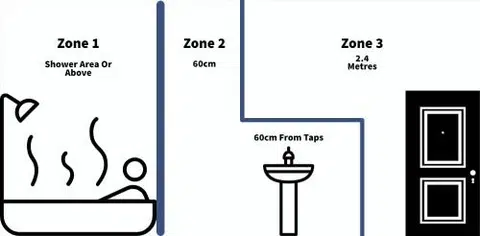
One of the most important factors to consider when selecting a bathroom extractor fan is its IP rating (Ingress Protection). This rating system determines how resistant an electrical device is to solid objects, dust, and moisture. Given that bathrooms are naturally wet environments, it’s essential that the extractor fan is appropriately rated to ensure safety.
Understanding IP Ratings
An IP rating consists of two digits. The first digit refers to protection against solid objects (like dust), and the second refers to protection against liquids (like water). Here’s what you need to know about these ratings for bathroom extractor fans:
- IPX4: This is the minimum rating recommended for a bathroom extractor fan. It provides protection against water splashes from any direction, making it suitable for areas prone to moisture.
- IPX5: Fans with an IPX5 rating offer protection against low-pressure water jets. These are ideal for bathrooms with more exposure to water, such as shower enclosures.
- IPX7: This rating means the device can be submerged in water for short periods, which makes it suitable for installation close to water sources or in more exposed areas of the bathroom.
Bathroom Zones and IP Ratings
Bathrooms are divided into zones that determine the level of moisture exposure in each area. It’s essential to choose an extractor fan with the appropriate IP rating for the specific zone where you plan to install it.
- Zone 0: Inside the bath or shower. The fan must be IP67 or above.
- Zone 1: The area above the bath or shower up to 2.25m. The fan must be at least IPX4.
- Zone 2: The area stretching 0.6m outside of the bath or shower, where water splashes are likely. The fan should be rated at least IPX4.
- Zone 3: Areas further from water sources but still inside the bathroom. A standard IPX0-rated fan can be used here.
By understanding these IP ratings and zones, you can make sure your bathroom extractor fan is safe and compliant with regulations.
Ventilation and Wiring Regulations for Bathrooms
When installing a bathroom extractor fan, it is crucial to be aware of the specific ventilation and wiring regulations that apply to bathrooms. Due to the presence of water and electricity in close proximity, safety standards must be strictly adhered to.
Ventilation Requirements
The UK Building Regulations stipulate that every bathroom must have adequate ventilation to remove moisture and reduce the risk of damp and mold. The general guidance is that a bathroom should have an extraction rate of at least 15 litres per second. For larger bathrooms or rooms prone to high humidity, a more powerful extractor fan may be required.
Wiring and Electrical Regulations
Bathroom wiring is subject to Part P of the UK Building Regulations, which governs electrical installations in areas of high moisture. When installing an extractor fan, you must consider:
- Isolation Switch: The extractor fan should be connected to an isolation switch located outside the bathroom or at least out of reach, ensuring safety during maintenance.
- RCD Protection: All circuits in a bathroom must have RCD (Residual Current Device) protection to prevent the risk of electric shocks.
- Professional Installation: Unless you’re a qualified electrician, bathroom extractor fans should be installed by a professional to ensure compliance with regulations and to guarantee safety.
Impeller Size and Air Extraction Rate
Another critical factor in choosing a bathroom extractor fan is its impeller size and air extraction rate. The impeller is the fan’s rotating component that moves the air, and the size of the impeller directly impacts how much air the fan can move.
Air Extraction Rate
Measured in litres per second (l/s) or cubic meters per hour (m³/h), the air extraction rate tells you how much air the fan can extract from the bathroom over a given time. For example, a small bathroom might only require a fan with a 15 l/s extraction rate, while larger or more heavily used bathrooms might need something in the 25 l/s range.
Choosing the Right Extraction Rate
To determine the right extraction rate for your bathroom, consider:
- Room Size: Larger bathrooms will require a higher extraction rate.
- Frequency of Use: Bathrooms that are used frequently or by multiple people will need more powerful fans to keep moisture levels under control.
Switching and Operation Options
How you switch your bathroom extractor fan on and off can also impact its performance and ease of use. Some common options include:
- Manual Switch: These fans are controlled by a standard light switch or pull cord. When you turn on the light, the fan activates, and it turns off when you switch the light off.
- Over-Run Timer: Fans with a timer continue to operate for a set period after the light is switched off, ensuring that the bathroom is fully ventilated even after you leave.
- Humidistat: Humidistat fans detect moisture levels and automatically activate when the humidity rises, offering energy-efficient and convenient operation.
- PIR Sensor: These fans use motion detection to switch on when someone enters the bathroom and turn off after a set period once the room is vacated.
Noise and Aesthetics
Bathroom extractor fans are functional, but that doesn’t mean they should disrupt your peace and relaxation. One important consideration is the noise level, measured in decibels (dB). The lower the decibel rating, the quieter the fan.
Decibel Levels Explained
- 10 dB: Equivalent to a quiet room or rustling leaves.
- 30 dB: Similar to a whisper.
- 50 dB: Comparable to moderate rainfall or normal conversation.
For bathrooms, a noise level of under 30 dB is ideal, ensuring the fan operates quietly without disturbing the tranquility of your bathroom.
Aesthetic Considerations
Many modern extractor fans are designed to blend seamlessly into your bathroom’s decor. Low-profile designs, hidden impellers, and subtle finishes help the fan become a less intrusive part of your space.
Where Can You Install Your Extractor Fan?
Bathroom extractor fans can be installed in various locations depending on your bathroom layout and specific ventilation needs. Common installation points include:
- Ceiling: A ceiling-mounted fan is effective for extracting moisture that rises with hot air.
- Wall: Wall-mounted fans are often positioned near the shower or bath to capture moisture directly.
- Window: In some cases, fans can be installed in a window frame, though this is less common in modern designs.
It’s important to ensure that the fan is positioned in a place where it can efficiently remove moist air while adhering to bathroom zone regulations.
Accessories for Bathroom Extractor Fans
To complete your installation, there are several accessories you may need to purchase alongside your bathroom extractor fan:
- Ducting: Ducting is used to carry the extracted air from the fan to an external vent. Different types of ducting are available, including flexible and rigid options, depending on your installation requirements.
- Duct Clamps: These are used to secure the ducting in place, ensuring that the air is efficiently vented out of the building.
- External Grille: The external grille is fitted on the outside of the building to allow air to escape while preventing debris or small animals from entering the duct.
These accessories are vital to ensure that your extractor fan operates effectively and that the moisture is vented outside, rather than back into the room.
Conclusion: Choosing the Right Bathroom Extractor Fan
Selecting the right bathroom extractor fan involves careful consideration of several factors, including the type of fan, its IP rating, air extraction rate, noise levels, and installation location. By understanding the different types of fans available and the specific needs of your bathroom, you can ensure that you choose a model that provides effective moisture control and meets all safety regulations.
With the right extractor fan in place, you can keep your bathroom fresh, dry, and free from mold, ensuring it remains a comfortable and inviting space for years to come.
Find our full range of bathroom extractor fans here!




